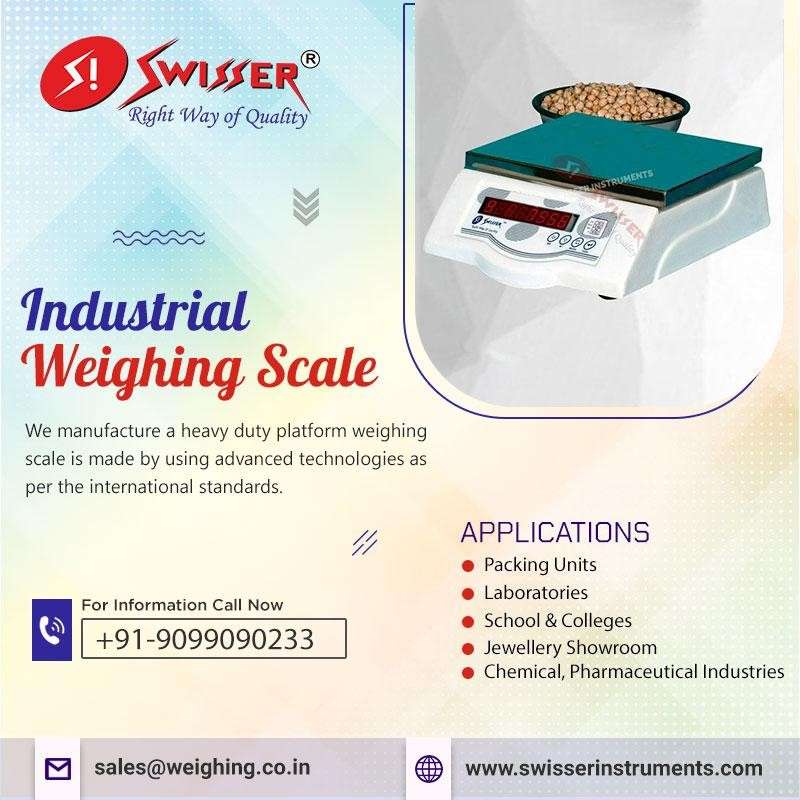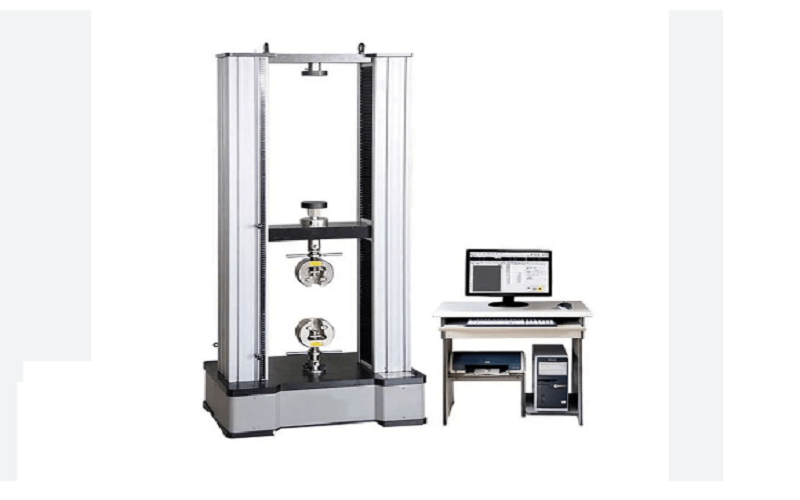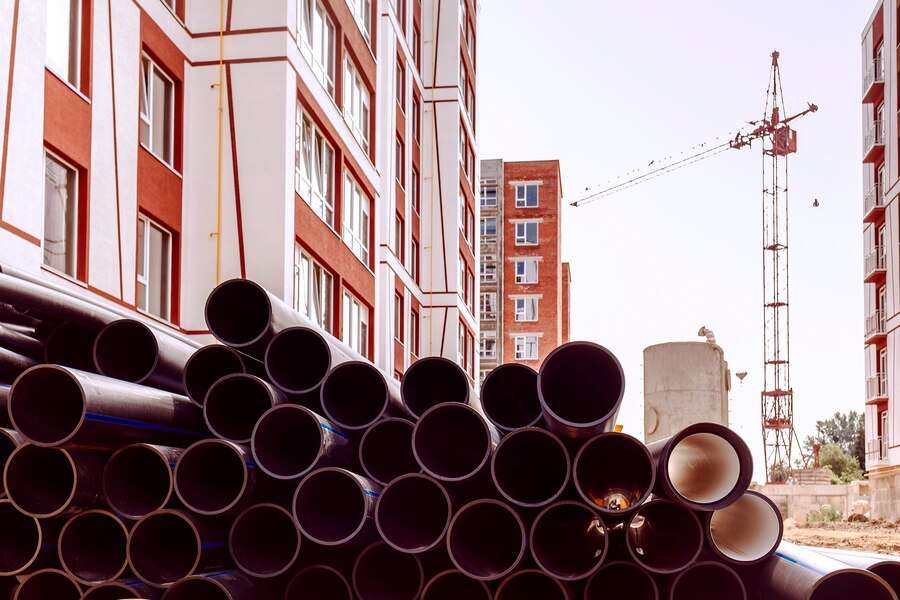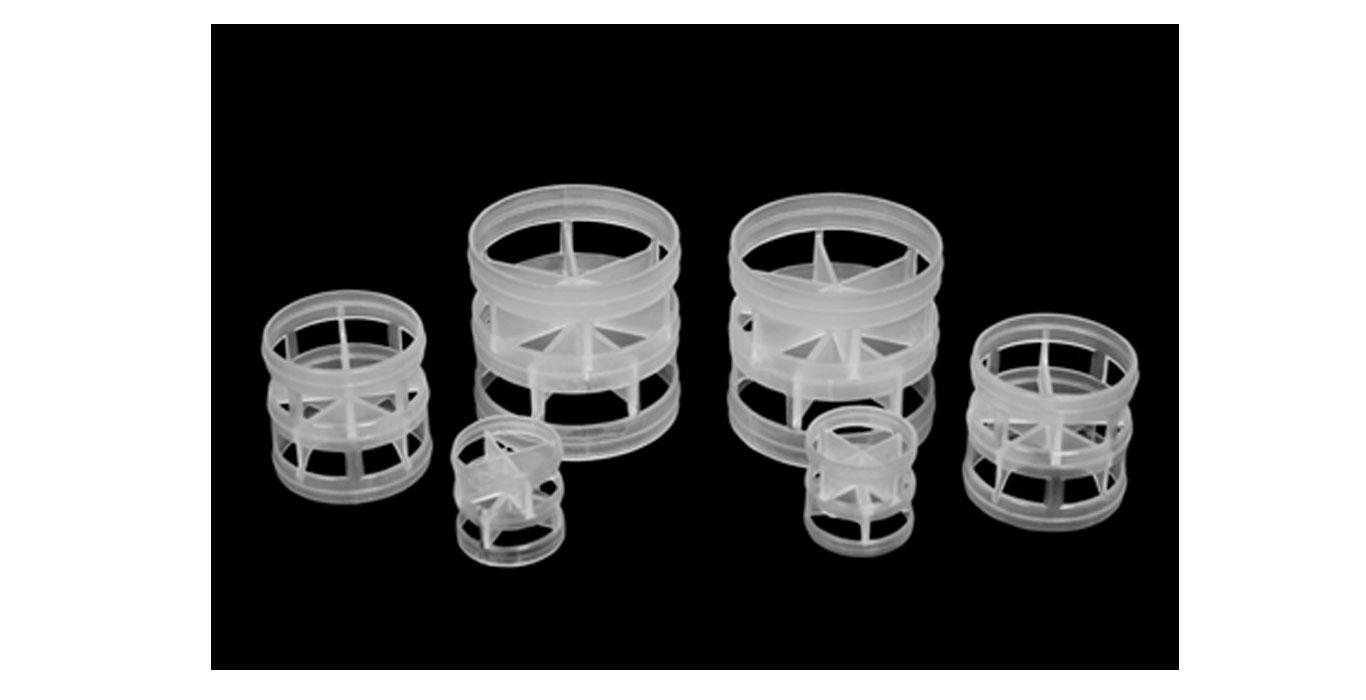Weighing Scale plays a significant role in ensuring precise measurements in different applications. However, even the most reliable weighing scales can lose accuracy over time due to wear and tear or environmental factors. That’s where calibration comes into play!
Calibrating a weighing scale might sound intimidating, but fear not! In this blog, we’ll guide you through the process in a simple and straightforward manner, so you can ensure your scale delivers optimal results every time you use it.
What is a Weighing Scale and How Does it Work?
Weighing scales are ingenious devices that help us measure the weight of objects accurately. They come in various forms, from the simple bathroom scale to the complex industrial scales used in factories and laboratories. The core technology behind weighing scales involves load cells, sensors, and the principles of weight measurement.
The Role of Load Cells & Sensors in Weighing Scales!
At the heart of most weighing scales is the load cell. A load cell is a specialized transducer that converts a mechanical force (in this case, weight) into an electrical signal. Load cells come in different shapes and sizes, but the most common type is the strain gauge load cell. This type of load cell consists of a piece of metal or other material that deforms slightly when a load is applied to it. This deformation changes the electrical resistance of the material, which is then measured and converted into a weight reading.
Sensors are another essential component in weighing scales. These sensors detect the electrical signals generated by the load cells and transmit them to a central processing unit (CPU). The CPU then processes these signals and performs calculations to display the weight on the scale’s digital or analog readout.
Here’s a simplified breakdown of how weighing scales work:
Load Application: When you place an object on the scale, it applies a force to the load cell.
Strain Detection: The load cell deforms slightly under the applied force, causing changes in the resistance of the material. This change in resistance is extremely small but can be measured accurately.
Signal Conversion: The electrical signal from the load cell is sent to the sensor, which converts it into a digital signal that the CPU can process.
Data Processing: The CPU processes the signal and performs necessary calculations to convert the electrical changes into a weight reading. This may involve compensating for factors like temperature and calibration.
Display: The final weight measurement is then displayed on the scale’s screen, usually in units like pounds or kilograms.
It’s worth noting that modern scales often come with additional features like body composition analysis, wireless connectivity, and memory storage. However, the fundamental technology of load cells and sensors remains the same.
Importance of Precision and Accuracy in Weighing Scale
Precision and accuracy are crucial factors in weighing scales, particularly in scientific and industrial applications, where even minor errors can have significant consequences. Let’s dive into why these aspects are essential and how to calibrate and maintain scales for optimal accuracy.
Scientific Research: In scientific experiments, precise and accurate measurements are paramount. Researchers rely on scales to obtain data with the least possible deviation from the true value. Even minor inaccuracies can lead to incorrect conclusions or flawed research outcomes.
Quality Control in Industry: Industries such as pharmaceuticals, food production, and manufacturing depend on precise measurements for quality control. Consistent accuracy ensures products meet specifications and adhere to safety standards.
Cost Efficiency: In logistics and shipping, accurately measuring the weight of goods helps optimize transportation costs. Overestimating or underestimating weight can lead to financial losses.
Calibration and Maintenance for Accuracy:
Regular Calibration: Calibrating scales involves comparing their measurements to known standard weights. This process ensures that the scale’s readings remain accurate over time. The frequency of calibration depends on the scale’s usage and the specific industry standards. It can range from daily checks to annual calibrations.
Use the Right Environment: Scales are sensitive to their environment. They should be placed on stable surfaces free from vibrations and drafts. Temperature fluctuations can also affect accuracy, so maintaining a consistent temperature is essential.
Cleanliness: Keeping scales clean is crucial. Dust and debris can accumulate and affect measurements. Clean the weighing platform and any exposed parts regularly using appropriate cleaning methods.
Regular Inspection: Periodically inspect the scale for signs of wear and tear. Loose or damaged components can affect accuracy. Address any issues promptly.
Documentation: Maintain records of calibration and maintenance activities. This documentation helps track the scale’s performance over time and provides a history of its accuracy.
Up-to-date Software: In some digital scales, the software can influence accuracy. Ensure that the scale’s firmware or software is up-to-date to address any known issues or improvements.
Re-Calibration After Movement: If a scale is moved, it should be recalibrated in its new location. Changes in environmental conditions and physical stress during movement can affect accuracy.
How to Calibrate Weighing Scales For Better Results?
Calibrating weighing scales is essential to ensure accurate measurements. The specific steps may vary slightly depending on the type of scale you’re working with, but here’s a general step-by-step guide that covers different types of weighing scales:
- Place the scale on a stable and level surface, away from vibrations, drafts, or temperature fluctuations.
- Ensure the scale is clean and free from dust, debris, and any obstructions.
- Power up the scale and let it stabilize for a few minutes to ensure it’s at the right operating temperature.
- If your scale has a tare function, press it to zero out any existing weight on the scale. If not, manually adjust the scale to read zero.
- Start with the smallest calibration weight and place it gently on the scale’s platform.
- Note the reading displayed on the scale. If the scale has a digital display, it should stabilize fairly quickly.
- Compare the reading with the known weight of the calibration weight.
- Refer to the scale’s user manual provided by top Weighing Scale Suppliers in India for specific calibration instructions. Some digital scales have built-in calibration functions accessible through the settings menu.
- Adjust the scale’s calibration dial or knob, typically located beneath the weighing platform. Make small adjustments, and check the reading with the calibration weight until they match.
- After calibrating with all the weights, double-check the scale’s accuracy with the smallest calibration weight once more to ensure it remains accurate.
- Record the calibration process in a log or calibration certificate. Include the date, calibration weights used, and any adjustments made.
Conclusion
Calibrating your weighing scale is a simple yet essential process to ensure accurate and consistent measurements. By following these steps, you can keep your scale in top-notch condition, building trust in its performance, and ultimately achieving precise results in all your endeavors.
If you’re looking for high-quality weighing scales, look no further than Swisser Instruments Pvt. Ltd. We are one of the leading Weighing Scale Manufacturers in India that maintain an unwavering commitment to product quality. If you have any inquiries or need guidance, their team of experts is readily available to assist you in making informed decisions tailored to your weighing needs.










